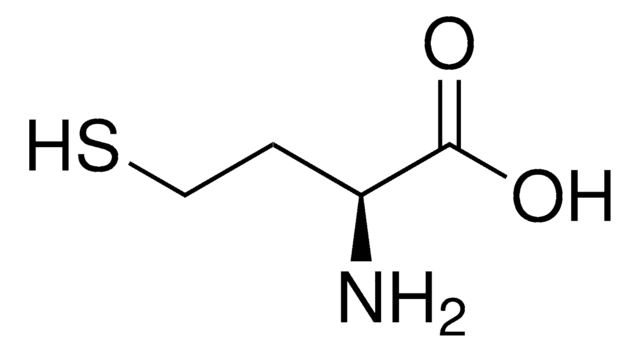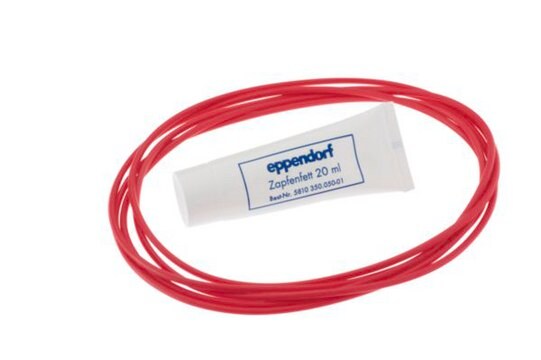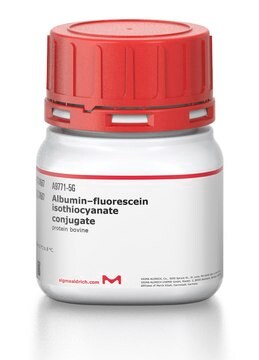MAK354
Homocysteine Assay Kit
sufficient for 100 fluorometric tests
Sinónimos:
Homocysteine Quantitation Kit
Iniciar sesiónpara Ver la Fijación de precios por contrato y de la organización
About This Item
UNSPSC Code:
12161503
NACRES:
NA.84
Productos recomendados
usage
sufficient for 100 fluorometric tests
detection method
fluorometric
relevant disease(s)
cardiovascular diseases
General description
Homocysteine is a non-proteogenic amino acid synthesized intracellularly by removal of the N-methyl group from the essential amino acid methionine. Homocysteine is exported from cells into the blood, where it exists mainly as an oxidized disulfide species, either as a dimer or bound to cysteine residues of serum proteins. The reduced form of homocysteine (‘free′ homocysteine) can be metabolized into cysteine via the transsulfuration pathway; however, it can also undergo intramolecular cyclization, forming the highly reactive pro-oxidant homocysteine thiolactone. Subsequent N-homocysteinylation of protein lysine residues by the reactive thiolactone disrupts protein conformation, leading to formation of cytotoxic protein aggregates. Homocysteinylated proteins may also act as autoantigens, triggering arterial inflammation and atherosclerosis. Elevated plasma homocysteine concentration is a clinical biomarker for increased risk of cardiovascular disease, ischemic stroke and myocardial infarction. Severely elevated homocysteine levels (hyperhomocysteinemia) are correlated with a 4-fold increase in mortality due to heart attack and a 16-fold increase in the likelihood of recurrent stroke.
Features and Benefits
Compatible with high-throughput handling systems.
Suitability
Suitable for the determination of total homocysteine concentration in plasma or serum.
Principle
The Homocysteine Assay Kit allows for quantification of total homocysteine in biological fluids such as plasma and serum. The assay is based on the reduction of homocysteine disulfides to free homocysteine, which is cleaved by a homocysteine-selective enzyme, generating an intermediate product. The intermediate reacts with a probe solution to form a stable fluorophore that emits in the far-red spectrum (λex = 658 nm/λem = 708 nm). The assay is not affected by physiological concentrations of other biological thiols (such as cysteine, methionine and glutathione), is high-throughput adaptable and can detect as low as 5 μM homocysteine.
signalword
Danger
hcodes
Hazard Classifications
Aquatic Chronic 3 - Eye Irrit. 2 - Met. Corr. 1 - Resp. Sens. 1 - Skin Irrit. 2
Storage Class
8A - Combustible corrosive hazardous materials
flash_point_f
Not applicable
flash_point_c
Not applicable
Elija entre una de las versiones más recientes:
Certificados de análisis (COA)
Lot/Batch Number
¿No ve la versión correcta?
Si necesita una versión concreta, puede buscar un certificado específico por el número de lote.
¿Ya tiene este producto?
Encuentre la documentación para los productos que ha comprado recientemente en la Biblioteca de documentos.
Nuestro equipo de científicos tiene experiencia en todas las áreas de investigación: Ciencias de la vida, Ciencia de los materiales, Síntesis química, Cromatografía, Analítica y muchas otras.
Póngase en contacto con el Servicio técnico








